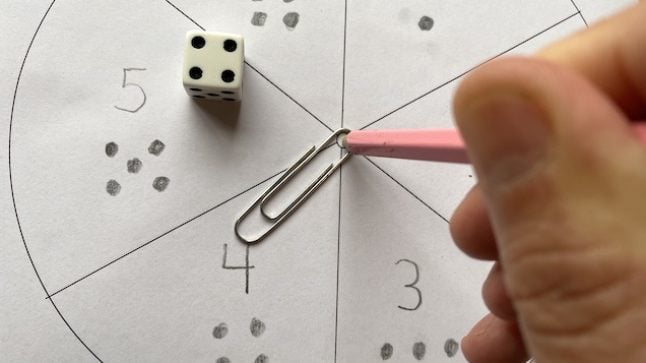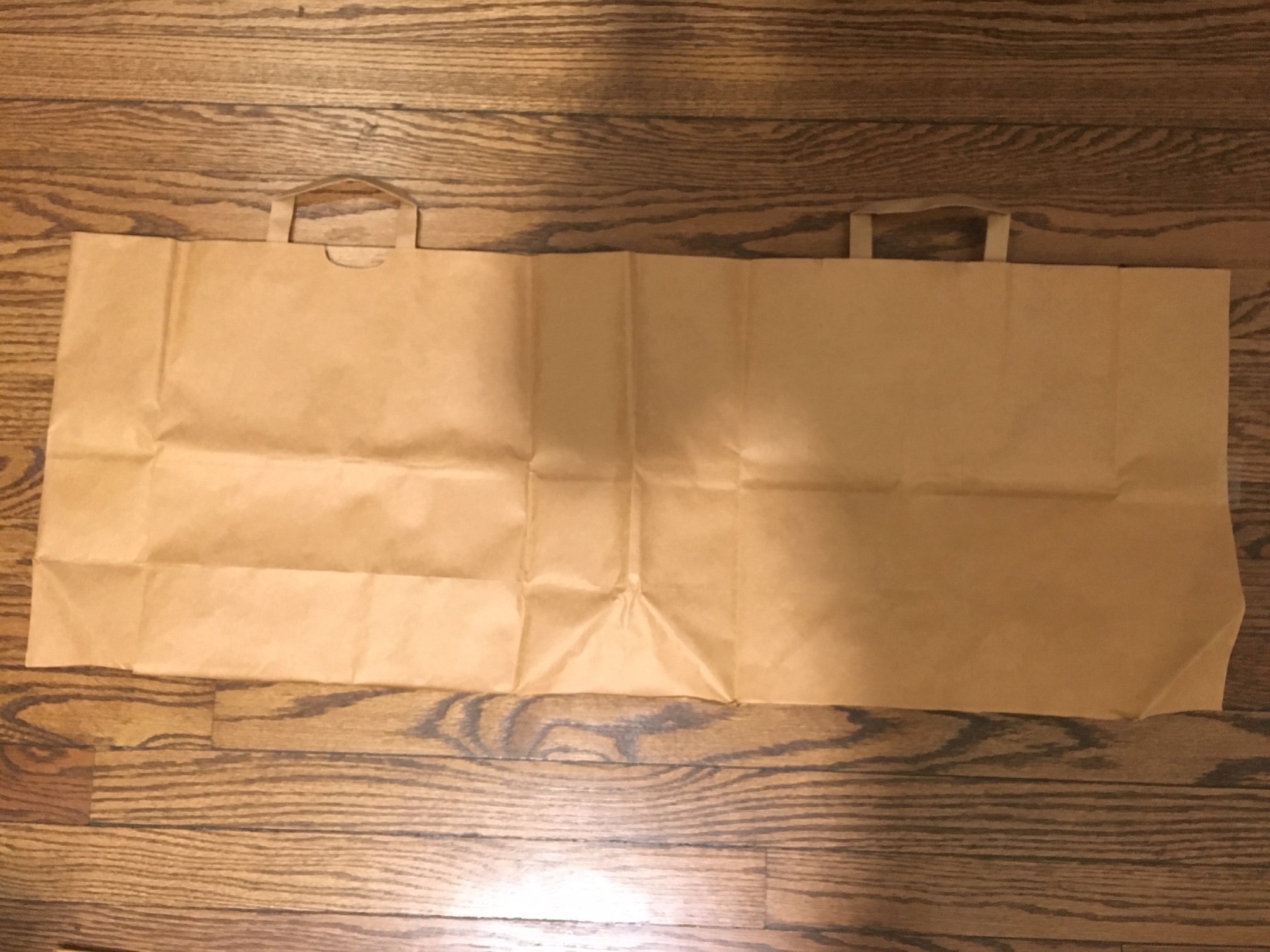Series: Ideas at Work
Get on the Right Path: Make Your Own Number Sense Activities

Path games are fantastic ways for families to spend time together and have fun while doing math. Path games develop number sense, counting skills and, depending on children’s ages and the tools you use, computational fluency. These opportunities come about as players take turns rolling dice, counting spaces to move, and figuring out what they need to roll to win the game.
As we talk with children while playing a path game using a number path, we can highlight their ability to see small quantities without counting (subitizing) and build number relationships, such as: spatial sense, one/two more than and one/two less than a given number. Asking questions such as, “What do you hope to roll to win the game?” or “How many spaces do you need to get to the finish line?” also helps develop their mathematical skills. Kindergartners and primary grade children can develop addition and subtraction fluency by playing with two or more dice and finding the sums or differences to determine the amount of spaces to move. Children will want to play these games often because they have fun doing it, while games and number sense activities can provide a chance to connect with family and friends.
Best of all, there is no need to run out and buy these games! There are simple and creative ways to make path games and other number sense activities at home using materials from around the house. Making a path game at home allows you to tailor the game to the experience and age of your children. Also, it allows for the children to participate in making the game. The game-creation process adds to the math learning by incorporating measurement and geometry skills. Some, but not all of the elements that need to be considered are: How many spaces will the game be? Will you make your own dice? Will the game have a theme? Will you use different shapes to form the path? You can make as many different games as you like. Enjoy the journey.
Materials needed:
- Paper grocery bag
- Scissors
- Markers/Pen
- Dice (game dice or homemade) or other number generators such as a spinner or playing cards
- Playing pieces
Directions:
- Cut paper bag
- The bag should open up fully (see photo below) after you cut it
- Cut off the extra piece from the bottom, so that the bag looks like the photo below
- Draw out a path game board on the paper bag
Note: The path of the game can be modified to fit the needs of the child, varying the number sense activities like this require. You can make a short path game (5-10 spaces) or a longer path game (10-20 spaces) or even longer if you like.
Playing the Game
- Each player needs their own playing piece.
- Options, pieces from other games, different coins or any other ideas you have.
- You can use a dice to determine the number of spaces to move,
- One die for beginning players
- Two or more dice for more advanced players or boards with longer paths
- Cover up the faces of the dice with tape and write smaller numerals or quantities on the tape

- If you do not have dice, you can make a spinner from a piece of cardboard. Cut a circle. Divide the circle into 4 or 6 equal pieces and label with dots (and/or numerals). Use a pencil and paper clip to make the pointer of the spinner (see top photo)
- You can also use a deck of cards, to pull one or more cards to represent how many spaces the child will move on each turn.
- Pull out only some of the cards to use. For example, you can pull out the cards with quantities 1-3 or 1-5 and only use those as part of the game.
- If using playing cards, you can have children add the amounts on the cards to compare them to the number of spaces traveled on the path. They should be the same.

Modifications
- Develop the number relationship of +1/+2 or –1/–2 by covering the faces of one of the dice with 3 green sides and 3 red sides for adding or subtracting 1 or 2
- If a player rolls an even amount on the dice, they move one less space but if they roll an odd amount on the dice, they move one more space than on the dice.
- Create a path with spaces that include spaces marked +1/+2 or –1/–2.
- Make your own dice or a spinner to change the dot designs or number of dots on the faces.